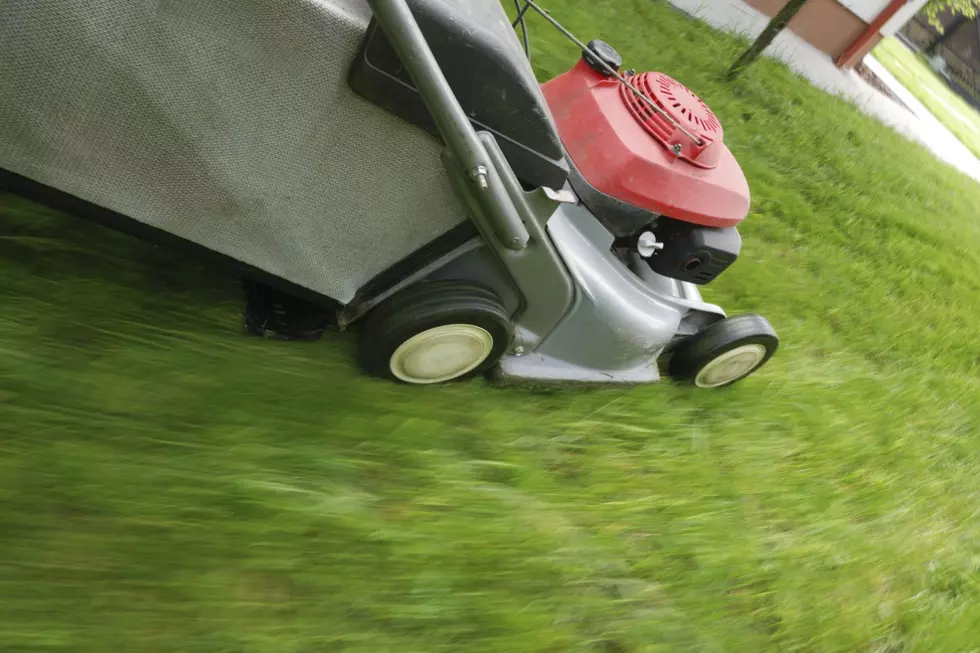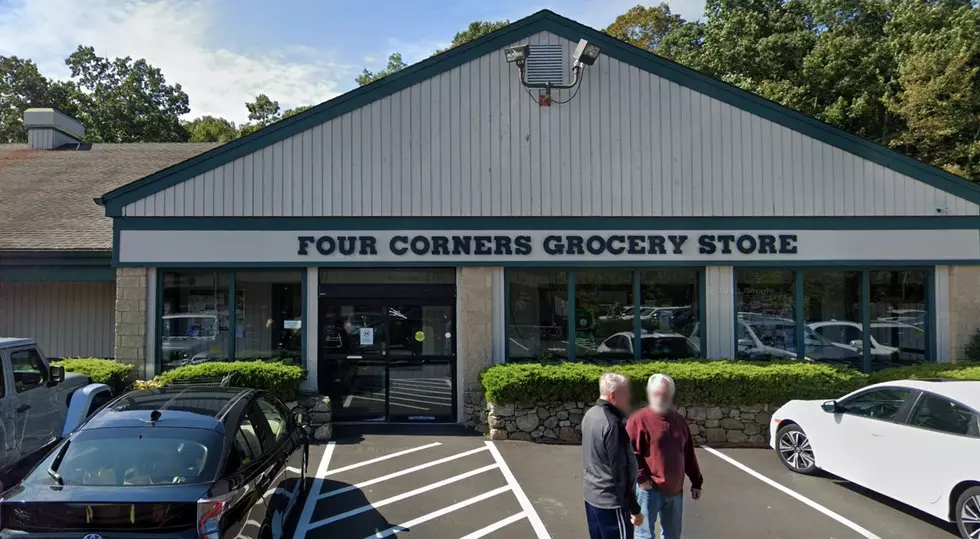
FYI: The Expiration Date Is a Suggestion
The United States Department of Agriculture (USDA) gave an estimate that 30% of food is wasted by retailers and consumers. An area of confusion and the result of this waste, is the meaning behind the dates printed on food items.
Commonly used vernacular is:
- A "Best if Used By/Before" date refers strictly to the best quality of flavor, not safety.
- A "Sell-By"date lets the stores know how long they are able to hold onto the product. It is not a safety date.
- A “Use-By"date, similar to the “Best if Used By/Before" date, lets the consumer know the recommended time to use the product for peak quality. It is not a safety date.
- A “Freeze-By”date lets the consumer know when to freeze by. It is not a purchase or safety date.
You may be thinking, are foods safe to eat after the specified date passes? The USDA explains;
With an exception of infant formula, if the date passes during home storage, a product should still be safe and wholesome if handled properly until the time spoilage is evident. Spoiled foods will develop an off odor, flavor or texture due to naturally occurring spoilage bacteria. If a food has developed such spoilage characteristics, it should not be eaten.
Here are some helpful tips about commonly purchased food items.
- Milk: Milk lasts longer in lower temperatures. Make sure you’re placing it in the back of the fridge, rather than on the fridge door where the temp is higher. My grandma also did her own test once the milk passed its expiration date – she boiled it! If it curdled, then it went bad. Also, a good old-fashioned smell test works great.
- Pasta: Dry boxed pasta contains no water and so, just keep it in a cool, dry place to help it keep longer. A pantry space is great.
- Bread: The fridge is the worst place to store bread! It’s porous and can absorb moisture and smells in your fridge. It can also get stale faster. The best option is to keep it at room temp for 1-2 days, then freeze it for a longer shelf life and avoid the formation of mold. If your bread does go stale (no mold, of course) you can use it to make croutons for salad or whip up some French toast.
- Chocolate: Sometimes this white film forms on chocolate – its not mold! It’s simply fat or sugar appearing on the surface. This might just compromise the taste. Store it in a cool place below 70 degrees, to outlast the expiration date. I sacrifice some veggie drawer space for my chocolate!
- Meat: Freeze meat to gain an extended shelf life.
- Canned foods: Canned foods are preserved and can last past their expiration date, the taste however can be compromised.
- Hard Cheese: Cheese can be consumed up to a month after the expiration date. Cheeses like cheddar or parmesan can be eaten after mold starts to form, but make sure the mold is cut off in its entirety before consuming.
- Fruits & Veggies: Use common sense! If your fruit or veg is mushy, moldy, or smelly, throw it out. You can extend shelf life by placing some fruit and veg in the fridge, which you may normally leave out.
- Eggs: After the expiration date passes, do this egg test: Place them in a bowl full of water to check for buoyancy. If your eggs sink, they’re still fresh and safe to eat. If the eggs float, they have gone bad and you will need to throw them out.
- Butter: Freeze butter that is about to expire. Take it out to thaw when you’re ready to use it. Pre-cubing it before it goes in the freezer is a great way to only de-thaw what you need.
For more information about how to store food safely, please visit FoodSafety.Gov
Greater Danbury's Positive Social Distancing Experiences
More From The Wolf









